Seeking an Alt Route to Choucroute
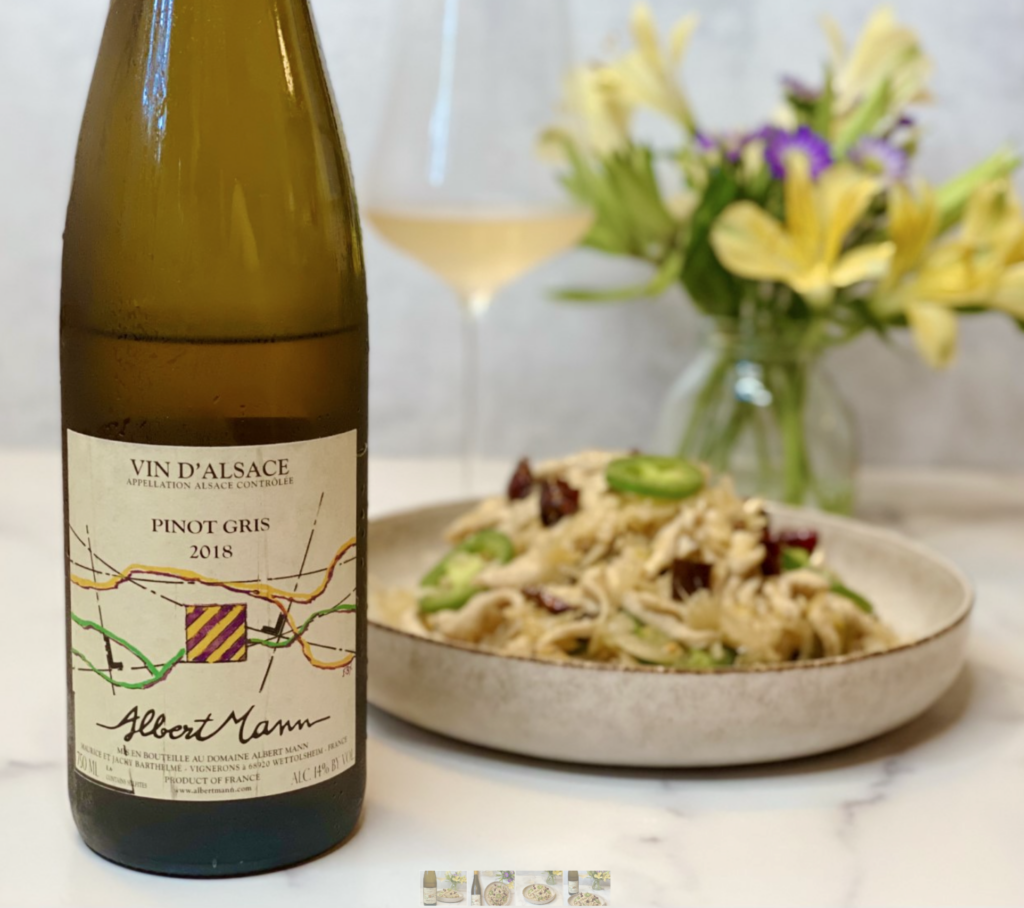
Joyce Lin gives a traditional and beloved Taiwanese dish an umlaut twist and a fresh French pairing.

Joyce Lin gives a traditional and beloved Taiwanese dish an umlaut twist and a fresh French pairing.
Born and raised in Taiwan, now based in NYC, Joyce Lin is a sommelier, writer, educator, and wine consultant, holding both CMS and WSET 3 certifications. Joyce’s interests in food and wine led her to create 酒意思Sip with Joyce, an omnichannel platform providing wine pairing ideas with daily meals, specializing in Asian cuisines. Joyce believes that through food and wine, people of diverse backgrounds can be unified and share the joy of life with each other.

The ancient injunction to keep your friends close and your enemies closer is all very well, but in Alsace it can be hard to tell the two apart. Control of the region has swung between Germany and France like a pendulum, and the Protestantism of the one and Catholicism of the other has caused generations of religious dissidents to flee west and east respectively, to halt by the great Vosges mountains and settle on the swathe of land beside the Rhine. Which, it turned out, might have been a problematic spot in political terms, but was an ideal place to…...
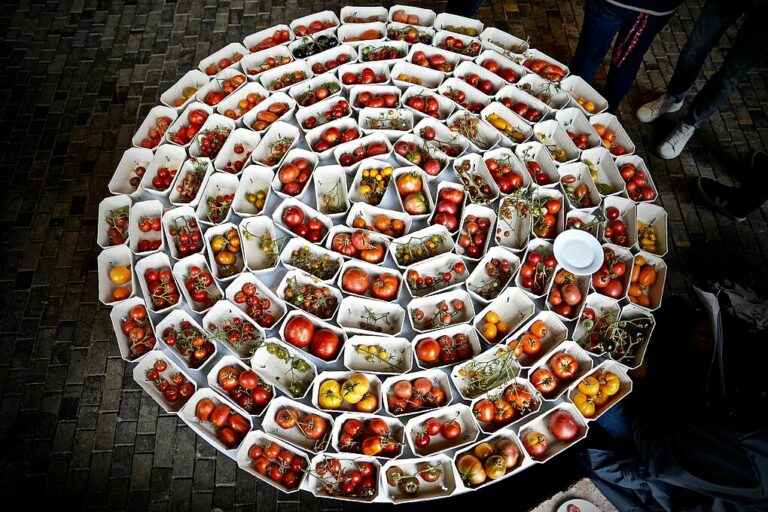
Calling from the expansive, flat landscape that forms the western edge of the Pannonian Puszta steppe flatlands, Erich Stekovics is a lone voice in the tomato world. Where others seek high yield and hardy reliability, Stekovics makes the case for flavor and site. He and his wife Priska belong to the tiny share of Austrian farmers cultivating tomatoes without the cover of glass or foil, and without irrigation. At the eponymous estate in Frauenkirchen, the pair cultivate and safeguard several thousand varieties in the open, and in addition to chili peppers, onions, and garlic, their fields are surrounded by vines…....

Lunar New Year (aka Spring Festival, or Guo Nian in Mandarin) is arguably the most important holiday for people of Chinese heritage — especially in Taiwan, where I grew up. It’s been my favorite since I was a kid. Now, living in Brooklyn, I recall that a few days before the New Year every household starts to “sweep the dust” to banish bad luck, erase unhelpful habits, and create positive new ones. On the day before New Year’s Eve (a holiday we call Little New Year’s Eve), we will take down the old Spring Festival couplets and replace them with fresh verses. On New…...
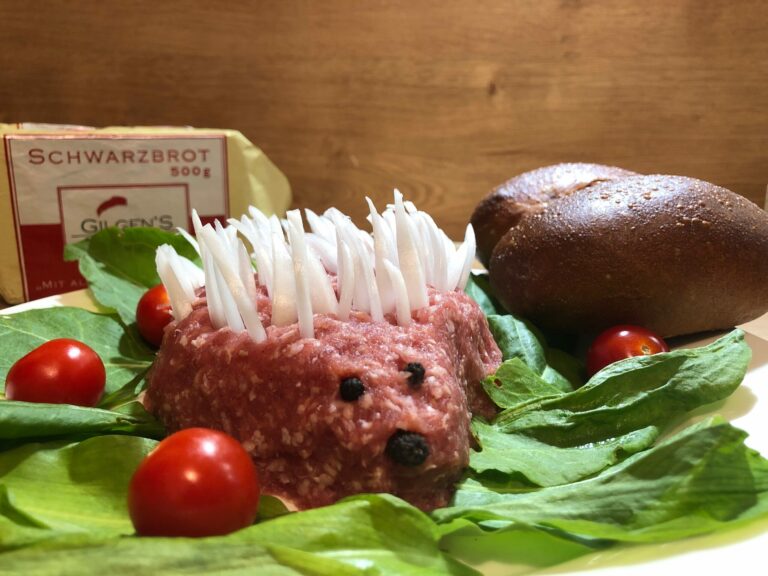
Raw pork is the umlaut answer to the American molded potato salad or ham-and-bananas hollandaise.
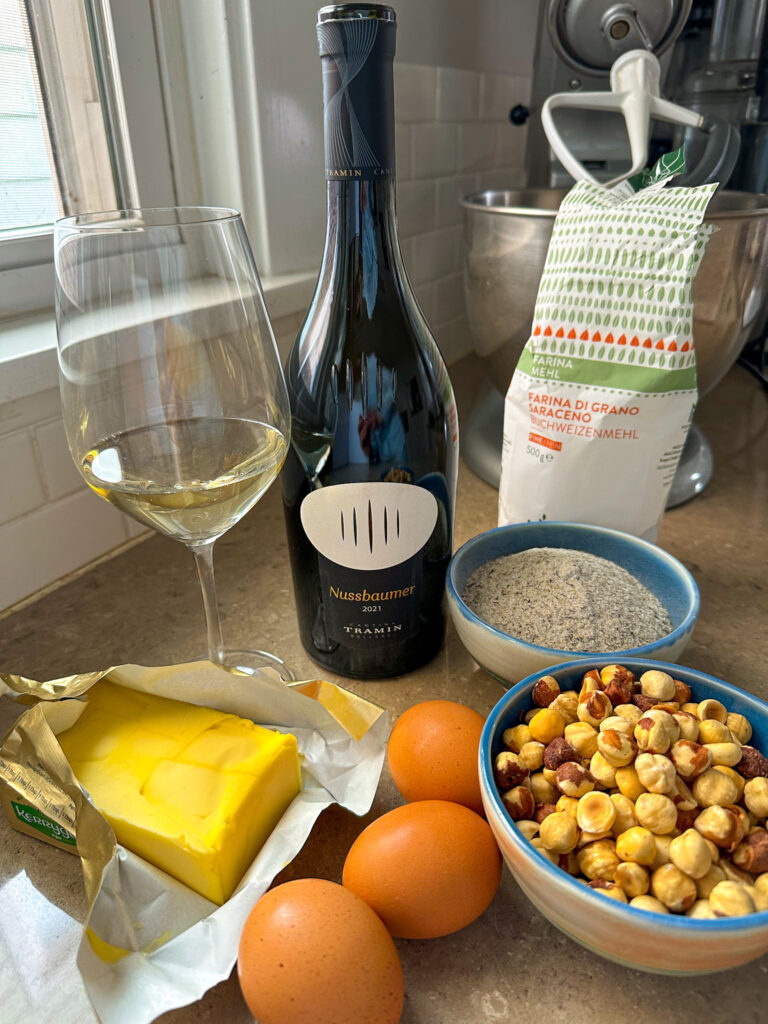
A baker falls in love with hiking, cake and wine in the Italian wine region of Südtirol-Aldo Adige and returns home to recreate the textures and flavors.
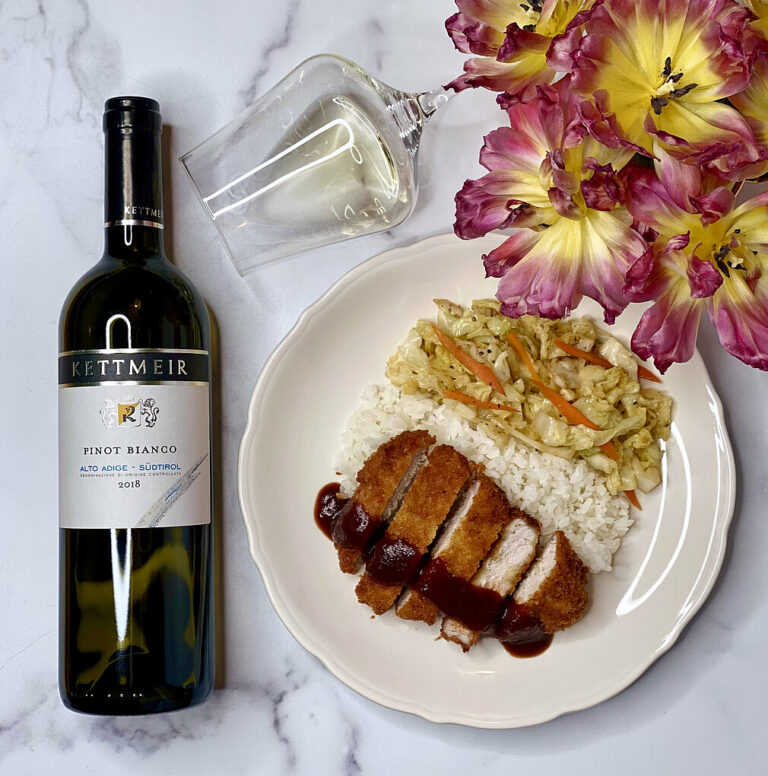
TRINK Magazine | Japanese Tonkatsu proves an ideal pairingwith 2018 Alto Adige's Kettmeir Pinot Bianco.
Enjoy unlimited access to TRINK! | Subscribe Today